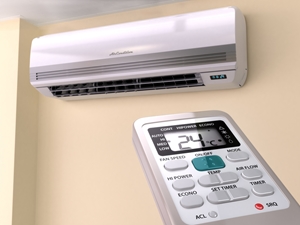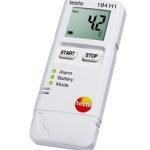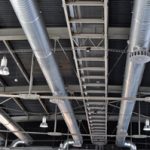Climate change and other environmental concerns have sparked conversations between many professionals regarding sustainability.
The Green Building Council of Australia’s Green Star rating system is the result of such discussions, and has provided developers with the knowledge they need to construct buildings with low carbon footprints. In addition, the organisation details how building managers can monitor temperatures, resource consumption and other factors to enforce power consumption standards.
The Green Building Council of Australia is the nation’s authority on sustainable building – they’ve named Ecco… http://t.co/P1LkEQS98e
— Ecco Ripley (@eccoripley) July 2, 2015
Putting HVAC under the microscope
In the average office building, HVAC systems consume 39 per cent of the facility’s energy, according to a study conducted by the Department of Industry and Science. In fact, they use more resources than lighting and equipment.
It’s not surprising, then, that green pundits are assessing ways to decrease the amount of energy HVAC solutions require to run. Can refrigeration gauges enlighten technicians to sustainable options? Are there certain fans, coolants and heaters that consume less power? Analysts from Australia and across the world are addressing these and other questions.
Although some may think heating and cooling components would account for the bulk of HVAC power usage, fans consume more – about 34 per cent, as noted by the Department of Industry and Science. Cooling assets ranked in at 27 per cent, heating at 17 per cent and pumps use up 16 per cent of energy.
A building with marginal north and west glazing will typically have low cooling loads.
Factors that influence HVAC performance
Asserting that one HVAC system is more energy efficient than another would be misleading. Many technicians know that a building’s HVAC infrastructure is like an ecosystem comprised of multiple organisms: the actions of one component will, in some way, impact the performance of another.
For example, the Department of Industry maintained that a structure’s design, location and orientation influences heating and cooling use. In regard to this consideration, a building with marginal north and west glazing will typically have low cooling loads.
Pipe insulation is another element HVAC technicians should take into account. An energy performance assessment report developed by the Australian Building Codes Board (ABCB) noted that insulation thickness will greatly affect energy costs.
NATSPEC, which develops construction specifications for the Australian construction industry, listed insulation recommendations for contractors. For example, assuming a pipe 60 millimetres (mm) in diameter is carrying contents between 2 and 20 degrees Celsius, the minimum insulation thickness should be 50 mm.
Experts would benefit from taking advantage of online resources as well, such as the webinar seen in the tweet below:
Free Webinar on #HVAC Energy-Efficiency Benefits of Humidity Measurement http://t.co/zp3h4WxFNx via @HPACEng
— Airxchange (@airxchange) August 5, 2015
Reassessing how technicians conduct maintenance
It’s possible that many HVAC experts don’t necessarily know what to look for when assessing systems for energy consumption trends. Sure indoor climate meters may enlighten technicians to performance issues, but professionals could have difficulty drawing correlations between humidity and refrigerant usage.
Bryon Price, strategic development director at A.G. Coombs Group, created a paper suggesting how HVAC industry can restructure its services to account for energy efficiency:
- Introduce new documentation: Develop resource waste measurements for individual systems (fans, cooling towers, etc.). Then, use that data to see how these components are affecting system performance.
- Develop tuning plans: After HVAC companies analyse available information, they should determine which devices and assets may be reconfigured to improve energy efficiency.
- Replace wasteful systems: If systematic adjustments do not mitigate energy consumption issues, Mr Price advised professionals to replace inefficient systems.
To overshadow these processes, Mr Price also recommended that HVAC technicians monitor building temperature and power rates to deliver a holistic view of facility operations. Such attention can provide the foundations of a robust HVAC system assessment.









 Reduce cooking oil costs while ensuring quality
Reduce cooking oil costs while ensuring quality Expert knowledge on CO2 monitoring
Expert knowledge on CO2 monitoring Refrigeration knowledge - in 3 modules
Refrigeration knowledge - in 3 modules



